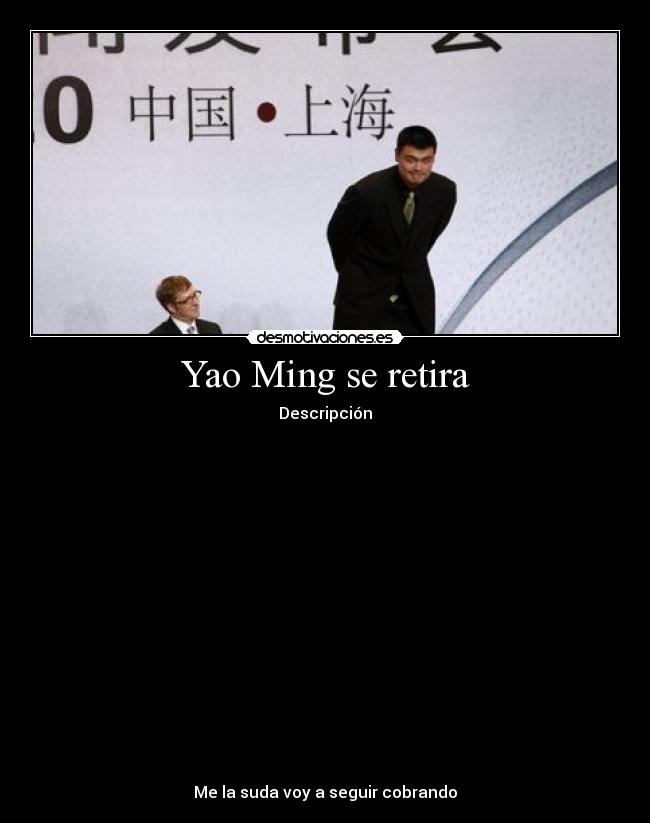

The aggravation of social contradictions and the growth of class struggle under the Ming dynasty led to a peasant war in the 1620’s. As a result of attempts by the Portuguese to establish themselves in China, the Ming emperor Wu Tsung in 1521 forbade Europeans entry to China and closed all ports to them, with the exception of Aomen (Macao).

Seven naval expeditions under the command of Cheng Ho were dispatched to regions of the South Seas and the Indian Ocean. In the early 15th century, the Ming dynasty pursued a course of external expansion. Founded by Chu Yuan-chang upon the overthrow of the Mongol Yuan dynasty. Twitchett, ed., The Cambridge History of China (Vol. Huang, 1587: A Year of No Significance (1981) F. The Ch'ing dynasty was established by the Manchus, who invaded China and captured Beijing in 1644, and lasted until 1911. , the last of the Imperial dynasties of China. Incompetent emperors, oppressive taxation, and factionalism in government in the later years of the dynasty incited revolts among peasants in the border regions and prepared the way for the Manchu conquest of China (see Ch'ing Ch'ing The delicate monochromatic porcelain of the Ming period is often considered the finest achievement of Chinese ceramics. Drama in the Southern style, painting, and architecture reached great heights. Four great novels, The Romance of the Three Kingdoms, The Water Margin ( All Men Are Brothers), Journey to the West, and The Golden Lotus, were written in this period. The huge Yung-lo Encyclopedia (Yung-lo ta-tien), which included all major works in Confucian classics, history, philosophy, and miscellaneous subjects, was compiled in the early 15th cent. Wang Yang-ming (1472–1529), the great Ming neo-Confucian philosopher, developed an activist approach to moral training and self-cultivation. There were notable achievements in literature, philosophy, and the arts. The Ming was generally a period of stability and prosperity. Click the link for more information., brought Western ideas to the Ming court. Ricci was sent to the Indies (1578), and he worked at Goa and Cochin until 1582, when he was called to Macau to enter China. He entered the Society of Jesus, and in Rome he studied under Clavius. , 1552–1610, Italian missionary to China.

Christian missionaries penetrated the Chinese hinterlands, and Europeans, such as Matteo Ricci Ricci, Matteo These voyages ceased in 1433 and never resumed. Seven great naval expeditions, under the command of the Grand Eunuch Cheng Ho, were sent at considerable cost to SE Asia, India, the Persian Gulf, and E Africa for tribute and trade (1405–33). The dynasty, which never created a viable taxation policy, always had fiscal problems. The emperor Yung Lo (reigned 1402–24) moved (1421) the capital from Nanjing to Beijing, which developed into a magnificent city. He abolished the office of prime minister, thereby strengthening the autocratic power of the emperor. He set up a strong, centralized government and carried out economic recovery programs. Click the link for more information. dynasty, and unified all of China proper.

Kublai Khan, who adopted the Chinese dynastic name Yüan in 1271, swept down from N China, which the Mongols had ruled since the 1230s, and It was a division of the great empire conquered by the Mongols. , Mongol dynasty of China that ruled from 1271 to 1368. The first Ming emperor, Chu Yüan-chang (ruled 1368–98), a former Buddhist monk, joined a rebellion in progress, gained control of it, overthrew the Mongol Yüan Yüan Ming (mĭng), dynasty of China that ruled from 1368 to 1644.


 0 kommentar(er)
0 kommentar(er)
